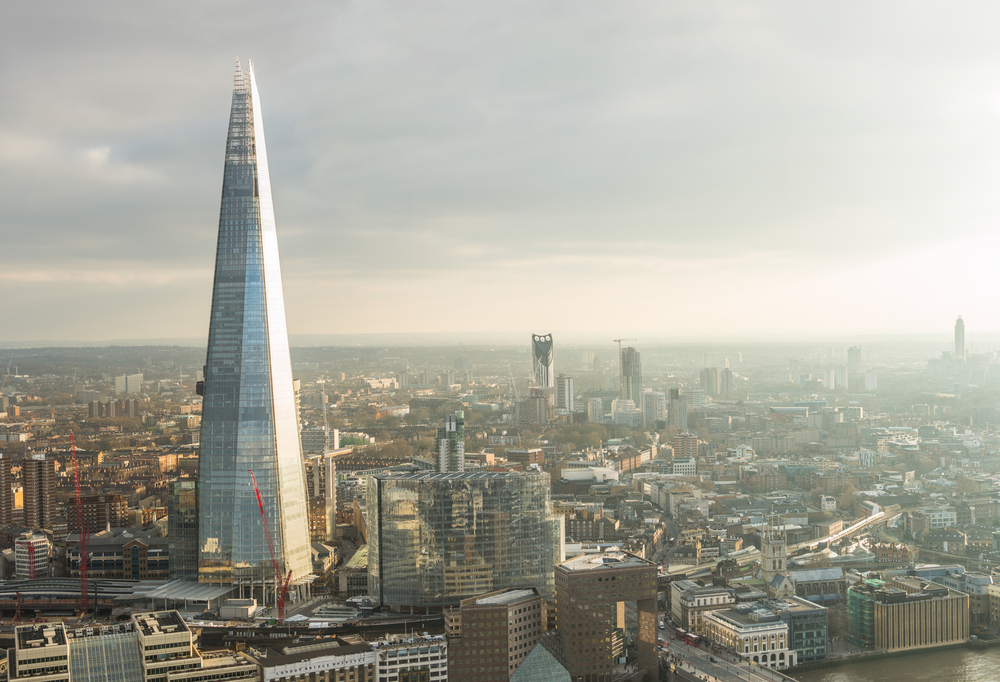
Glass is now a huge part of everyday life. Even sitting here at my desk as I type I can see so many different uses of glass. From the glass on my phone screen to the glass panelling that separates our office into different areas, from the glasses on my colleague’s nose to the car windscreens I can see through the office windows. It’s pretty much everywhere!
So just where did glass come from and how long has it been around?
Historians have found natural forms of glass in the mouth of volcanoes called obsidian. It was created through the intense heat of a volcano erupting, this by product of melting sand has since been found on man-made spearheads dating back many, many, years.
Throughout the years’ different glass pieces have proven that the first man-made glass, which was stone beads covered in a glass glaze, date back to about 4000 BC. In 1500 BC the first hollow glass containers were discovered.
Glass making really came into its own with the Romans and bought their knowledge with them to Britain. But as with a lot of Roman inventions the secret of how to make glass was kept highly guarded and it was only through the fall of the Roman Empire that the mysteries were revealed and glass making became a highly sought after industry.
One of the major landmarks in the history of glass came about when George Ravenscroft attempted to add lead to the glass making process to eliminate the clouding of glass that could happen during glass blowing. His persistence paid off and the resulting glass was softer, easier to decorate and had a higher refractive index. It was through Ravenscroft’s discovery that microscopes, lenses and telescopes all became possible.
But in Britain from the 18th Century a high taxation was placed on the amount of glass made and it was only after the repeal of the Excise Act in 1845 that allowed glass to be more widely used and developed.
In 1851 the opening of Joseph Paxton’s Crystal Palace in Hyde Park London, marked the beginning of glass being used as a building material in not only commercial buildings but for domestic and horticultural use as well. The cast-iron and glass structure was 564 metres long and had an internal height of 39 metres. It was built using the cast plate method created in 1848 which allowed large cheap but strong panes of glass to be produced. The structure wowed and amazed its visitors as they had never before seen such a vast structure made entirely of glass panelling.

In today’s modern world of architectural glazing there are a great many iconic buildings that are made from glass. The Shard in London is a wonderfully designed building made from 11,000 exterior glass panels which have a total area of 56,000 square metres. The building is so named as it is designed to replicate a shard of glass. It was opened in February 2013 and stands at 309.6 metres tall, making it the tallest building in Europe and the 59th tallest worldwide.
And the best thing of all about glass is that it is 100% recyclable many times over!
